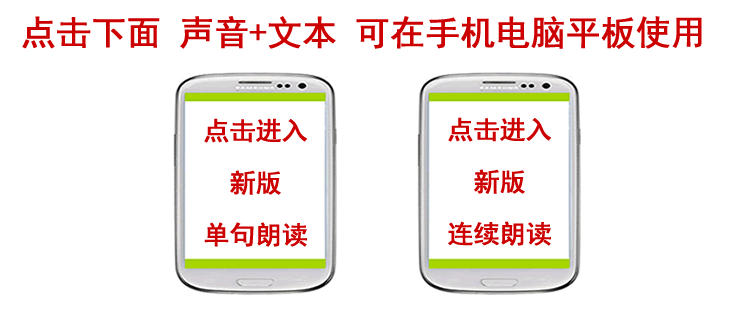特别广播英语第 105 课:Non-verbal Communication 非语言的文字的交际-3 I'm sure you could make a whole list of such signals - and it might be fun if you did. 如此等等。我敢肯定你们会把这类感到厌倦的信号列出一整张纸来--如果你们现在就写的话,可能会很有趣。
All the signals I have mentioned so far can be controlled. 我上面所提到的这些信号都是人们可以控制的。
If you are aware that you are doing these things, you can stop. You can even learn to give false signals. 如果你意识到了你正在做那些小动作,你就会停止不做了。甚至你们还能学会发生假装出来的信号。
Most public speakers are in fact nervous, but a godd speaker learns to hide this by giving off signals of confidence. 事实上绝大多数公开发表演讲的人都心情紧张,但是一位擅长演讲的人会发出自信心很强的姿态信号来掩饰紧张的心情。
Other kinds of NVC are not so easy to control. 另外几种非语言文字的交际就不是很容易控制的了。
Eye contact, for instance. Unless you are confessing intense love, you hardly over look into someone else's eyes for very long. 比如说目光接触吧。除非你坦白承认你深深爱上了她,要不然的话你就不会长时间地凝视着她的眼睛。
If you try it, you'll find they will soon look away, probably in embarrassment. 如果你将来试一试凝视她的眼睛,你就会发现她会扭转头把眼睛挪开看其他地方,也许是出于难为情吧。
I've already mentioned proximity, so just a brief word now about our last two categories, which concern the way people dress and the way they speak. 我上面已经把"亲近度"解释过了。现在用简明扼要的话讲讲最后两大类语言文字交际信号。
These are both pretty obvious signals. People may dress casually and speak casually, which signals that they are relaxed. 这两类涉及到人们穿着的方式和讲话的方式。这两在类都是很明显的交际信号。凡是穿着随随便便而讲话又漫不经心的人,这些信号都说明这些人的心情很轻松。
Or they can dress formally and speak formally, showing their tenseness. 如果人们穿得整整齐齐地,讲起话来一本正经,这表明他们的心情很紧张很不轻松。
In fact, non-verbal communication can, as the saying goes, speak volumes. 事实上,非语言文字的交际,含义是很深的。

